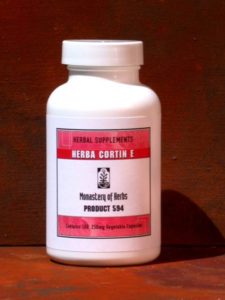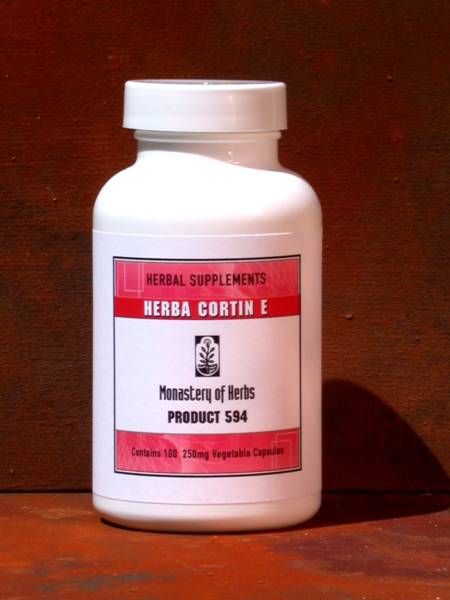Letters to the Editor
Editor:
The spirochete bacterial infections are one of the most, if not the most, destructive infections.These large corkscrew-shaped bacteria destroy tissue wherever they attack. It is important to diagnose and treat early. Unfortunately, the usual diagnostic tests are not reliable. These bacteria can be recognized by use of a darkfield microscope, however, few doctors have them.
Furthermore, there are a number of types of these bacteria and the most common ones are
unidentified. In the system that I use, the spirochetes are classified on a genus level; Spiro L is for Lyme disease, which is prevalent in the Northeast and spreading through the Southwest. The deer tick is a major source of this infection.
The Lepto Spirochete infection is attributed to contact with animal waste products. Inhaling dust from where animals defecate can result in this infection.
Spiro P is unclassified and is the second most frequent spirochete infection. The source seems to be mainly insect bites.
Spiro T is the Treponema genus. The species Treponema Pallidum is syphilis.
Most of the time we are dealing with insect-vectored infection. The most frequent spirochete infection is unclassified and we call it Spiro X. This type has been linked to animal waste products. However, theoretically, all of the spirochetes can be transmitted by insect bites.
The signs and symptoms are widely varied, depending where the infection is active. If it attacks the brain, then there is destruction of brain tissue resulting in dementia, and/or bipolar or manic-depressive disorder.
Every case of bipolar disorder, which I have evaluated, can be traced to a spirochete infection. Research has shown that this infection destroys sub cortical brain tissue that controls affect. This bacterium has shown up in schizophrenia, although my sample is much smaller.
Those with bipolar disorder may need to be on lithium for the rest of their lives to control
symptoms. Patients much prefer lithium orotate over lithium carbonate. The usual dose for lithium orotate is 5mg three times daily; 5mg seems to be equivalent to 300mg of lithium carbonate. There are no side effects and there is no need or use in checking blood levels.
If the spirochetes attack the heart then the person gets congestive heart failure because it
destroys the heart muscle. If the infection attacks the arteries then the person is likely to get a dissecting aneurysm. This infection frequently attacks the Musculo-skeletal system and is
rheumatoid arthritis and fibromyalgia. There can be collapsing of the spine resulting in severe pain.
These bacteria can attack most any part of the body. I call it the silent killer because of its
insidious nature. Since laboratory tests are unreliable, I have relied on the neuro-kinesiology testing which I have found to be highly reliable if done correctly.

The herbal formulas have been very effective and can be purchased from the Monastery of Herbs …. The herbal programs last 17-18 days and that’s it. By the way, I have no financial interest in this company.
L.J. Marx, M.D.
About Monastery of Herbs
Monastery of Herbs offers “prescription” level wholesale and resale herbs, custom made fresh every day, in a monastery setting. (Note: These herbs promote physical healing.) Monastery of Herbs offers one-on-one telephone seminars for professionals with a wholesale license.
Please email to monasteryofherbs@yahoo.com, to make arrangements to attend a seminar, workshop, or private session. Please also communicate with and share about Monastery of Herbs, via social media on Twitter, Facebook, and other websites.
Monastery of Herbs Case Study: Spirochete Infections
